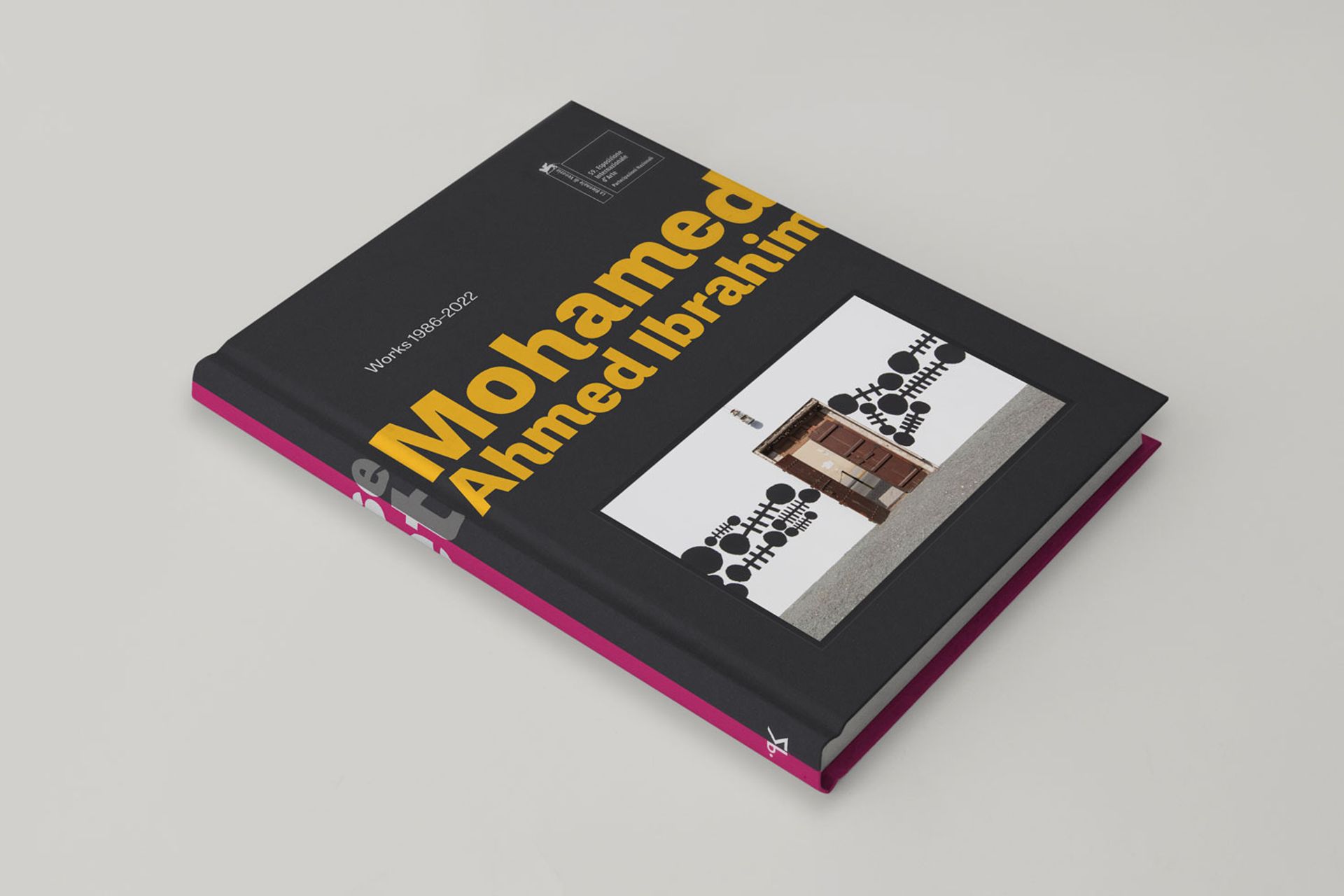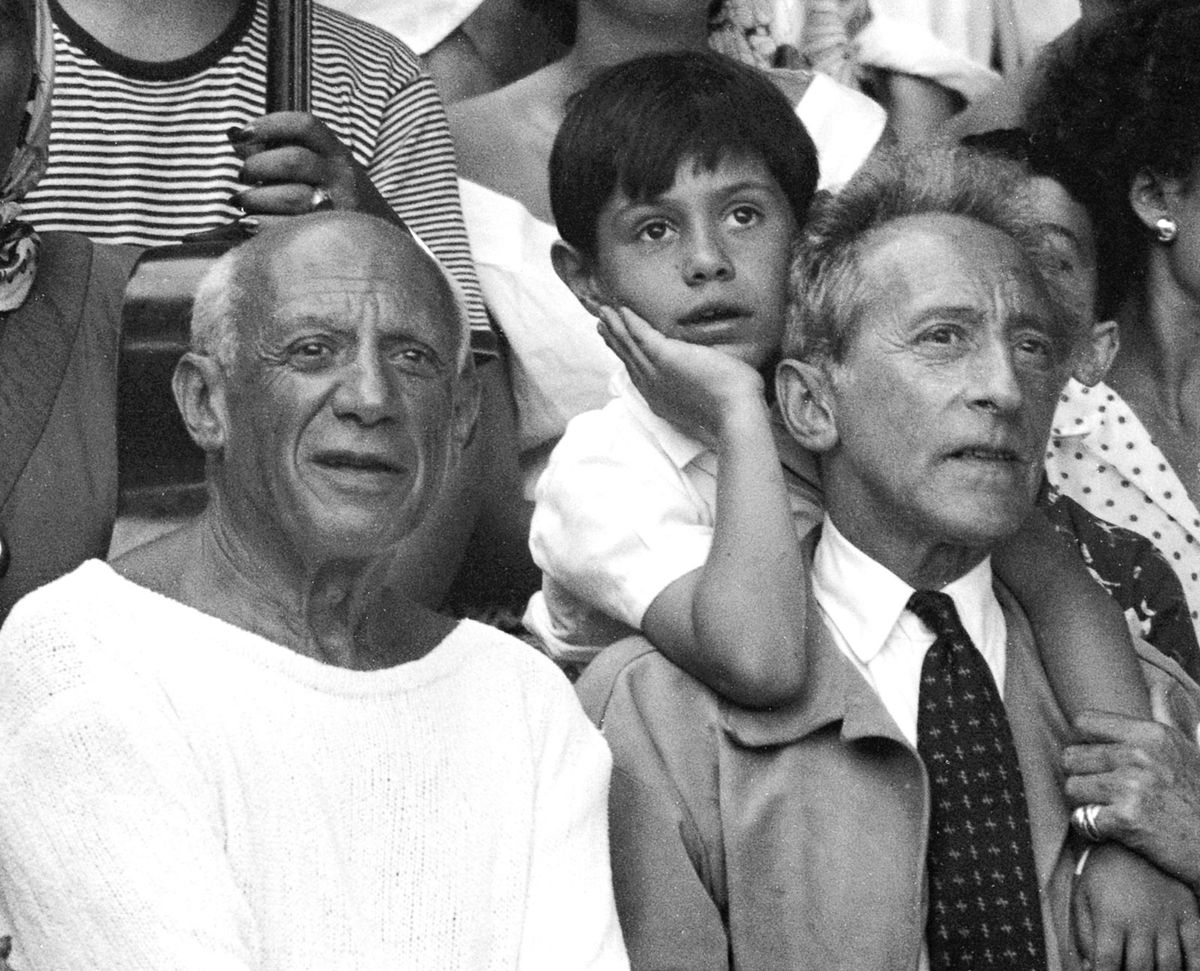Picasso in Exile: Memories of Spain, Marilyn McCully, Cacklegoose Press, 48pp, £25 (pb)
Marilyn McCully mines a rich seam in this limited-edition publication (400 copies), focusing on the impact Spain had on its most famous artistic son. The author, a Picasso specialist, has drawn on previously unpublished photographs in the Olga Ruiz-Picasso Archive, throwing new light on Picasso’s final visit to Spain in 1934 with his first wife, the ballerina Olga Khokhlova, and their son Paul. McCully explores the theme of the bullfight in Picasso’s practice, touching also on the artist’s passion for 17th-century Spanish Old Masters and his enduring dialogue with Diego Velázquez’s Las Meninas masterpiece (1656). The analysis was published with the support of the Brussels-based Fundación Almine y Bernard Ruiz-Picasso para el Arte.
Value in Art: Manet and the Slave Trade, Henry M. Sayre, University of Chicago Press, 256pp, $45 (pb)
The art historian Henry Sayre promises to “reveal the politics that define the art of Édouard Manet” in this analysis of the French artist’s famous painting Olympia(1863), which shows a white prostitute and her black maid bringing her flowers. A statement says that “the book was inspired by an example of contemporary racism and a resulting discussion about the unintended racist implications concealed in the formal vocabulary of art theory”. Sayre explains in the preface: “Almost all textbooks—and almost all art teachers, for that matter—refer to the light reflective nature (high or low) of light and dark colours in terms of their relative value, and I decided to look at the history of this usage.”

A spread from A Brief History of Protest Art Tate Shop
A Brief History of Protest Art, Aindrea Emelife, Tate Publishing, 160pp, £15 (pb)
The curator Aindrea Emelife presents a “short visual trip through 80 years of protest art”, using Picasso’s Guernica (1937) as a springboard. The survey encompasses more than 50 artists including Barbara Kruger, Yue Minjun and Dread Scott, highlighting issues such as LGBTQ rights, Black Lives Matter and gender and racial inequalities. “Art lives forever and I hope this book becomes a reminder and rallying call to arms to keep going, to keep fighting, keep striving. Protest art makes apparent the deep inequities, injustices and truths of our time. It is powerful artillery,” Emelife says in a statement. The book could not be more timely in light of the UK government’s proposed Police, Crime, Sentencing and Courts Bill, which will restrict the right to protest.

Mohamed Ahmed Ibrahim:Between Sunrise and Sunset, Works 1986-2022 Courtesy of National Pavilion UAE
Mohamed Ahmed Ibrahim:Between Sunrise and Sunset, Works 1986-2022, Maya Allison and Cristiana de Marchi (editors), Kaph Books, 232pp, €35 (hb)
The Emirati artist Mohamed Ahmed Ibrahim will be in the spotlight next month as the United Arab Emirates representative at the 59th Venice Biennale (23 April-27 November). This monograph, the first on the Khorfakkan-born artist, explores his biomorphic abstract paintings of the 1980s, his Land Art experiments in the desert and immersive installations of the 1990s. Maya Allison, the curator of the United Arab Emirates Pavilion at the Venice Biennale, outlines the key characteristics of Ibrahim’s practice while the art historian Nada Shabout examines Ibrahim’s work in the context of the wider Arab region. Venetia Porter, the curator of Islamic and contemporary Middle Eastern art at the British Museum, presents a study of Ibrahim’s works on paper.



